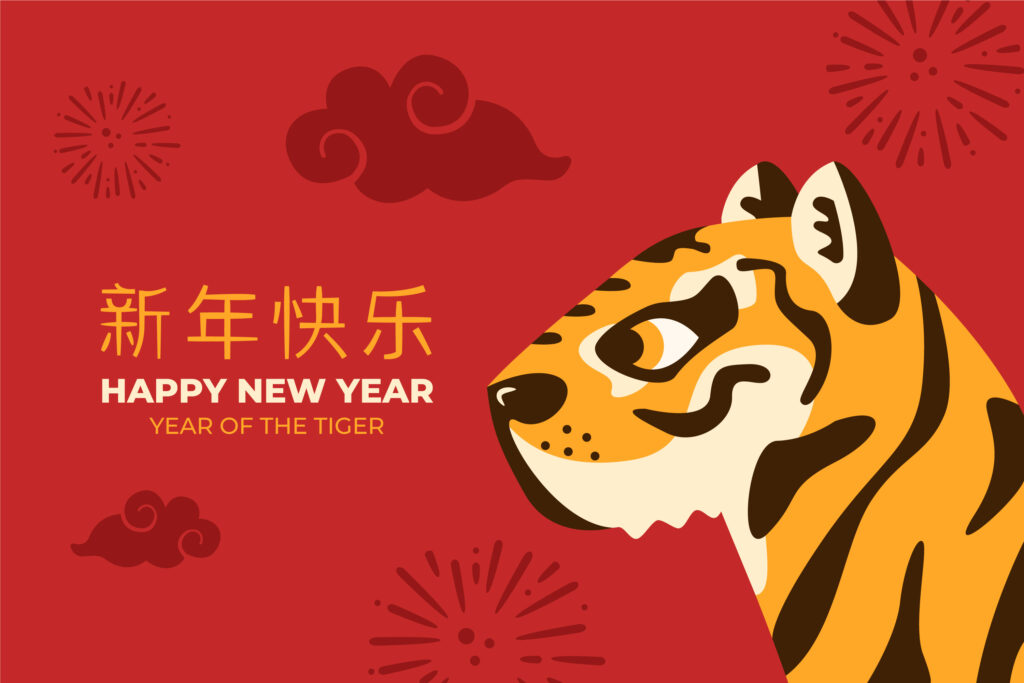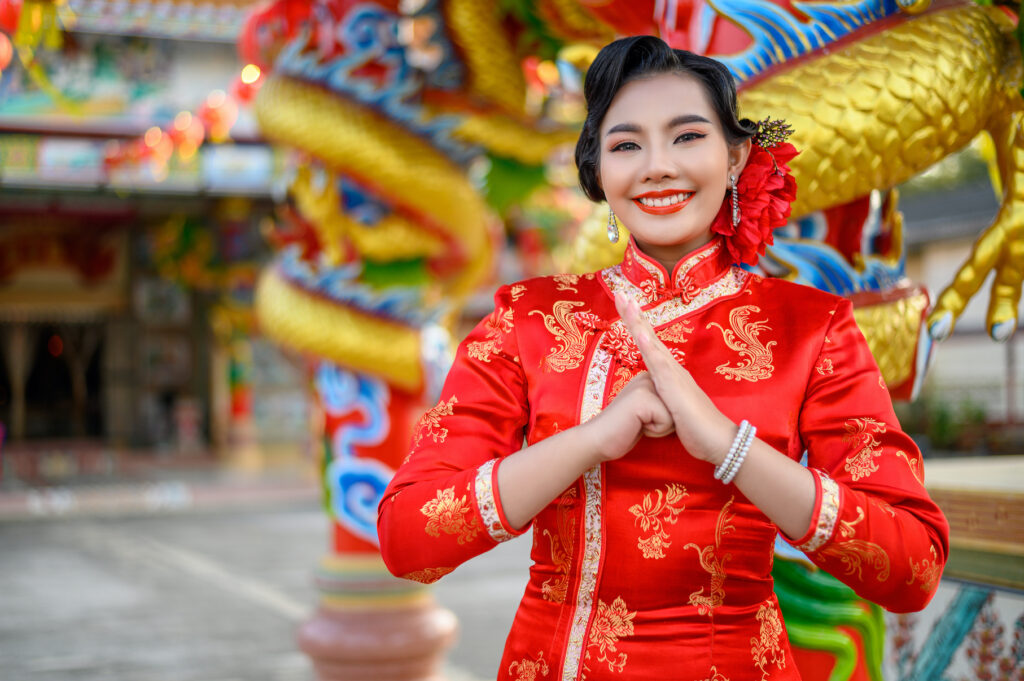What is beyond the Chinese New Year?

Beginnings are always a reason to celebrate and now we introduce you to one of the most traditional festivities in Asia: The Chinese New Year, which will be celebrated on February 1st.
Also known as the Spring Festival or Lunar New Year, it is the beginning of the cycle in the lunar calendar traditionally used in China since 2697 b.C., which has a slightly different structure from the Western calendar. For the Chinese calendar, it is considered that a cycle is equivalent to 60 years and each cycle has simple cycles, 5 in total with 12 years each.
The key is in the movement of the moon and its phases. The New Moon will always mean the beginning of a month.
Each year is represented by an animal. According to the legend, Buddha summoned all the animals to bid them farewell before leaving Earth, but only 12 arrived and they were rewarded with the assignment of one year for each one. First came the Rat, then the Ox, the Dog, the Tiger, the Rabbit, the Dragon, the Snake, the Horse, the Goat, the Monkey, the Rooster, and finally the Pig.
This Chinese New Year corresponds to the Year of the Water Tiger which starts on February 1st, and ends on January 21st, 2023.
What does the Year of the Water Tiger mean?
Considered the king of all beasts, in the Chinese calendar, the Tiger is a symbol of strength, courage, and keeps away bad vibes. In addition to the 12 animals, 5 Chinese elements complement this calendar: Gold (metal), water, wood, fire, and earth.
According to the Chinese horoscope, those born in the Year of the Tiger are passionate and curious people, as well as have a high capacity to resolve any type of conflict easily. They are always looking for challenges and adventures.
The Year of the Water Tiger refers to the fluidity of dreams and to make each one of them come true. According to this traditional belief, it is the year to make important decisions, something that requires a lot of courage.
How is it traditionally celebrated?

The Chinese New Year celebrations begin on the first day of the first lunar month with the New Moon and end on the day the Full Moon arrives; that is, 15 days later with the Lantern Festival.
During these 15 days different activities take place such as traditional dances to ward off evil spirits and attract good luck; cooking traditional dishes like steamed fish, Chinese dumplings, or spring rolls; and a great firework display.
Also, some other rituals are performed. These are some examples:
- Cleaning the house to remove all bad energies from the previous year.
- Decorating with red ornaments, because means life and happiness.
- The children receive red envelopes with money and messages of prosperity.
What are the animals for the following years?
- Rabbit: From January 22, 2023, to February 9, 2024.
- Dragon: From February 10, 2024, to January 28, 2025.
- Snake: From January 29, 2025, to February 16, 2026.
- Horse: From February 17, 2026, to February 5, 2027.
- Goat: From February 6, 2027, to January 25, 2028.
- Monkey: From January 26, 2028, to February 12, 2029.
Without a doubt, this is a great national celebration in China, and thanks to the fact that they have shared a bit of their cultural meaning with the world, other countries have adopted it and today we marvel at their spectacular tradition.




